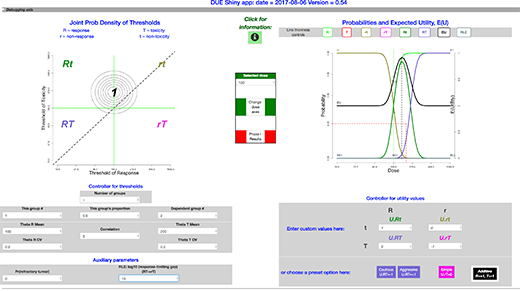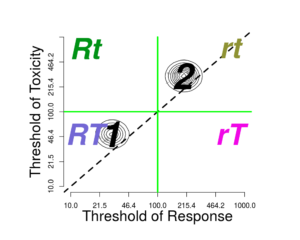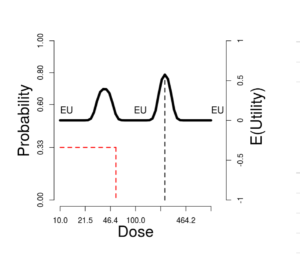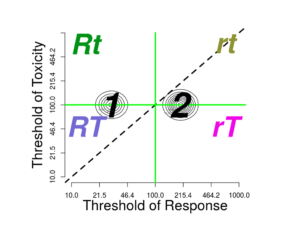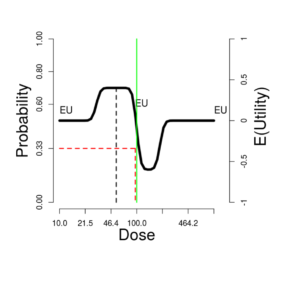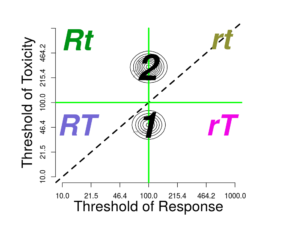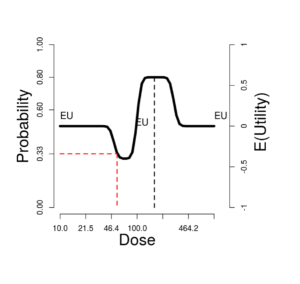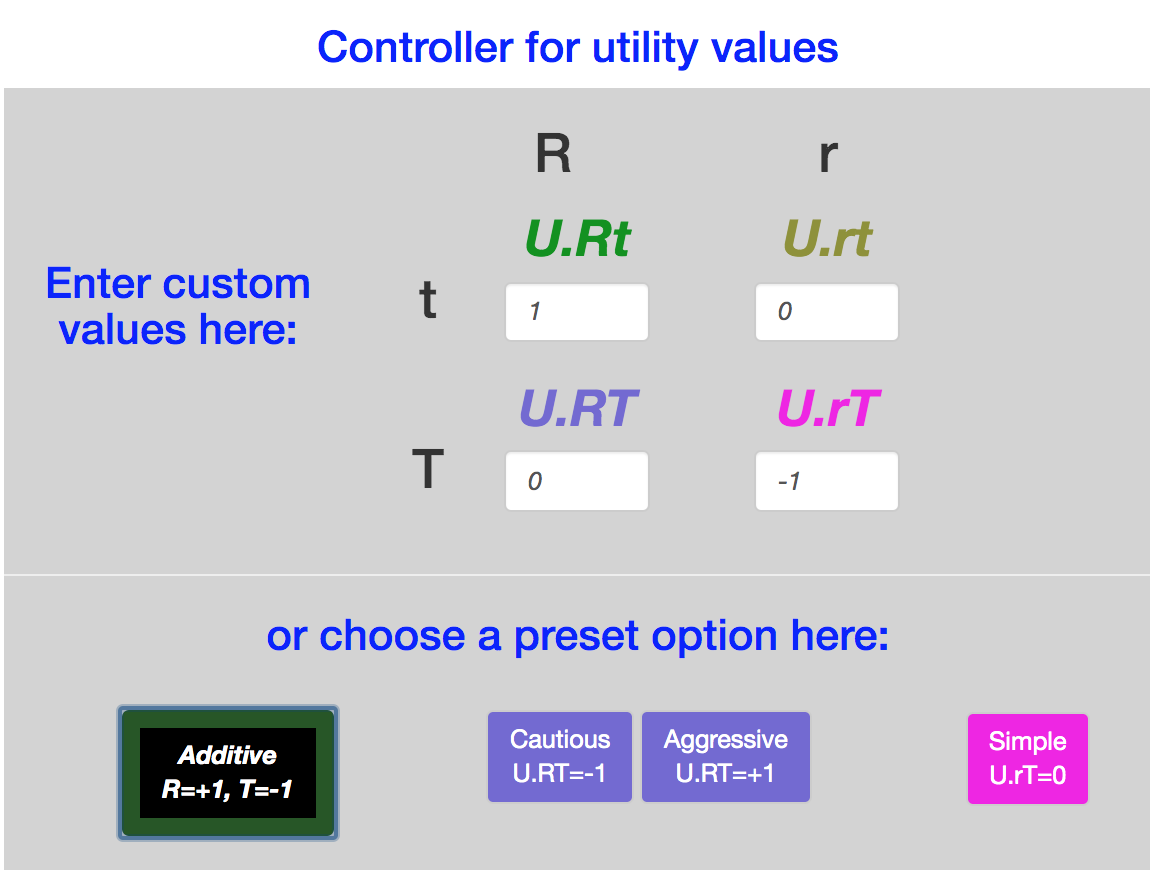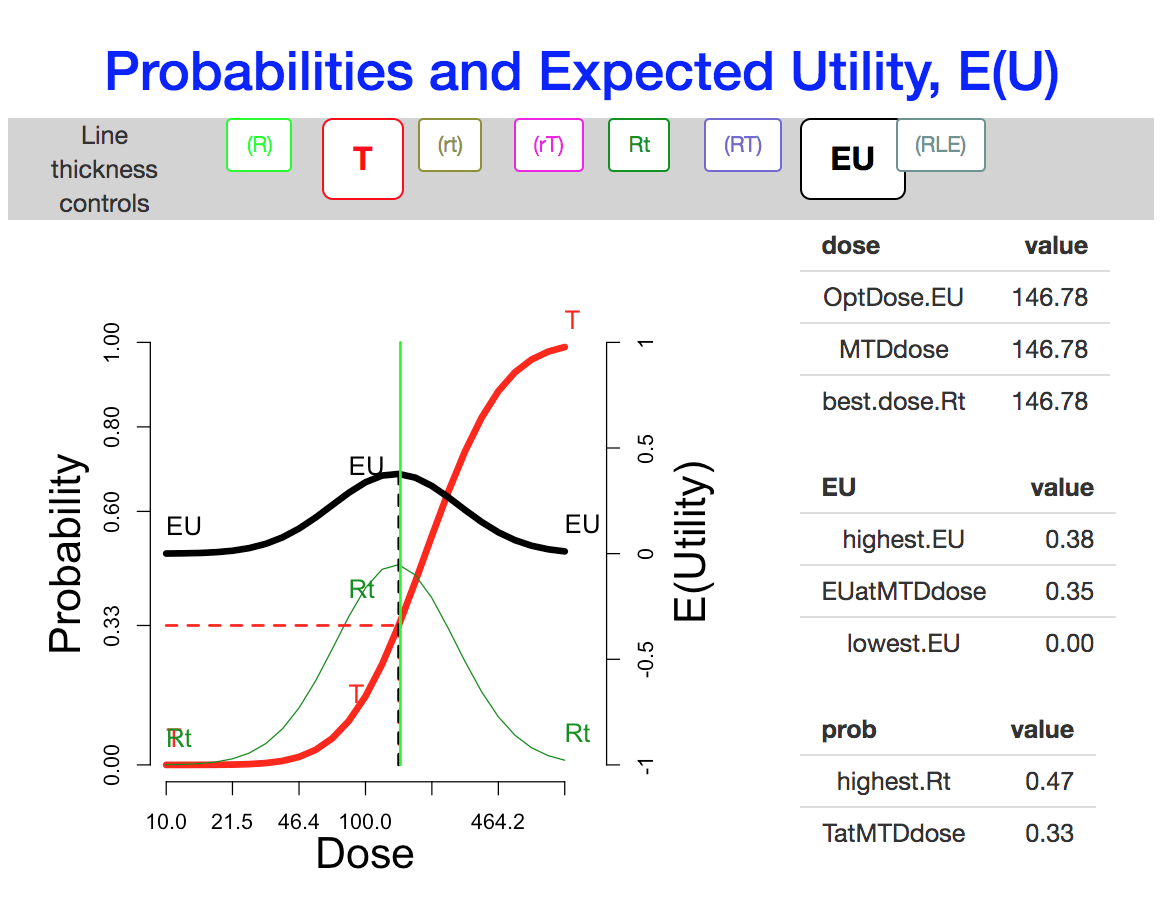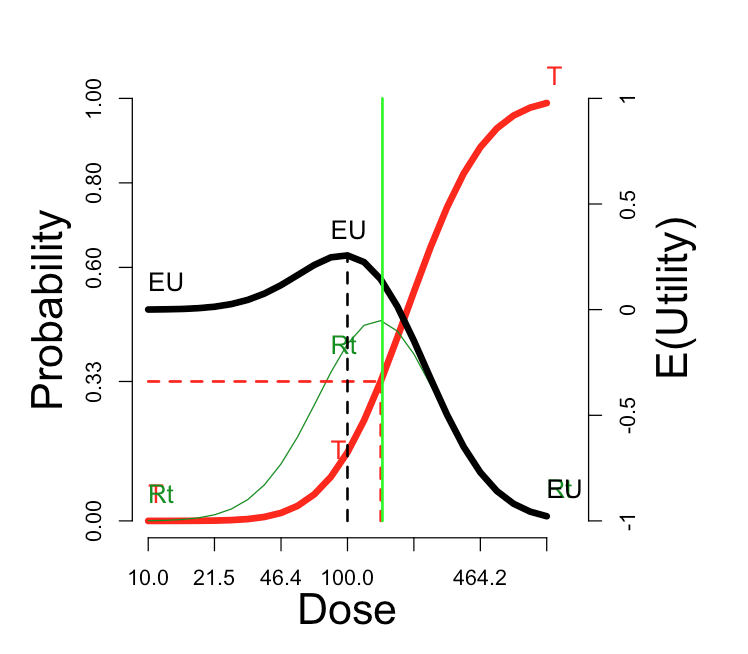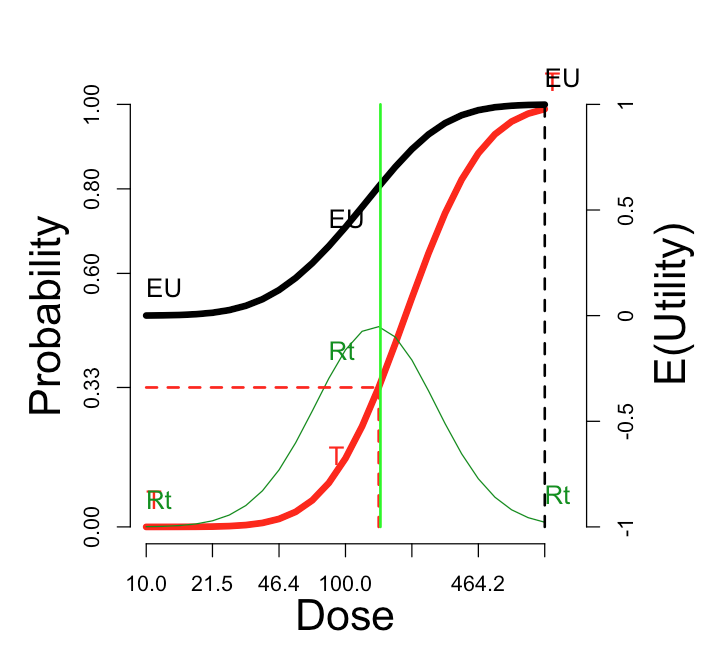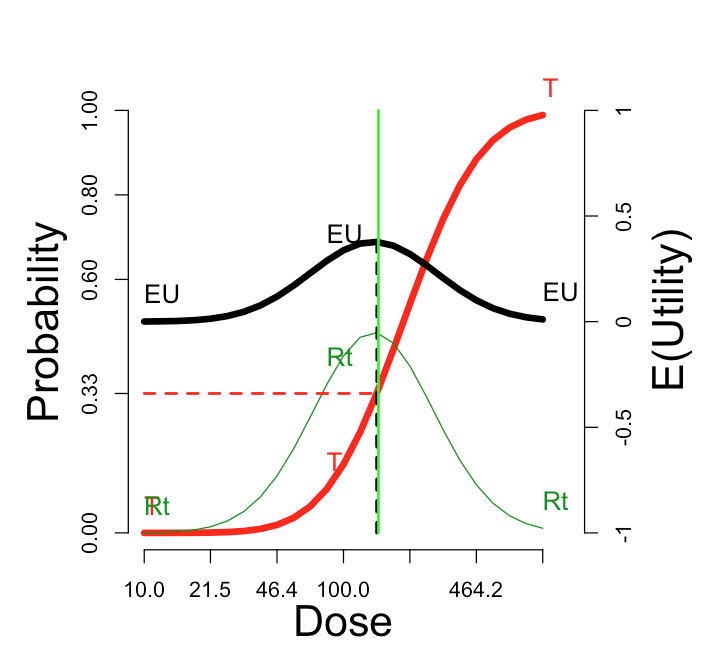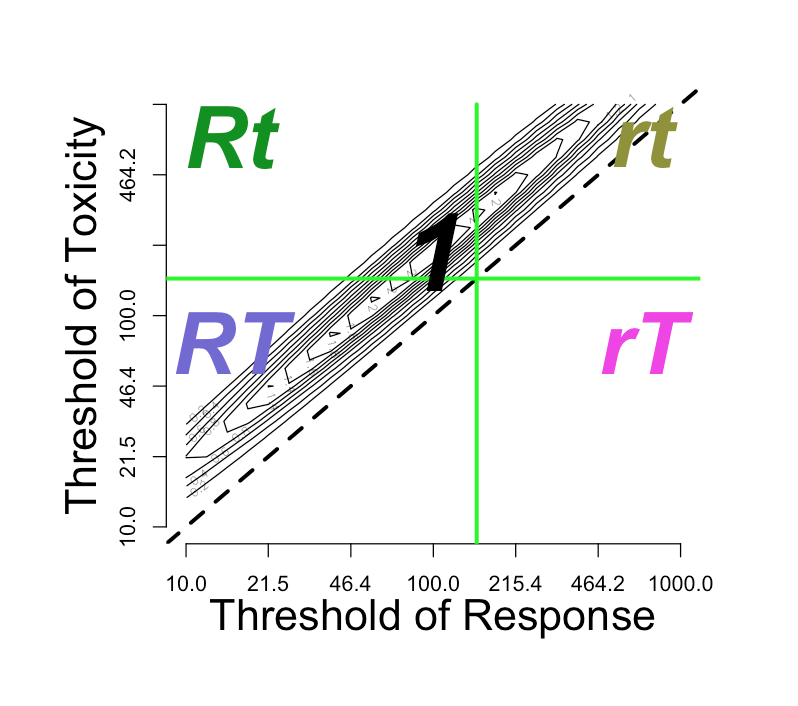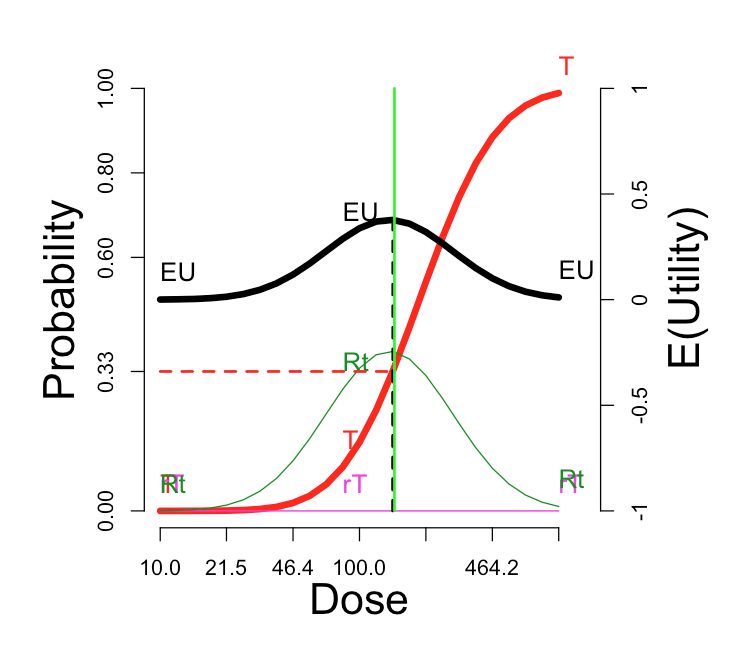Here is an extended version of a comment on the article “A Cancer Rap”
A Cancer Rap With Thanks to Nina Simone
Substituting anti-cancer words in Nina Simone’s song Mississippi Goddam, as the author did, touches me personally because so many friends and family have been crushed by cancer. I spent a career working against cancer, wish I’d accomplished more.
But Nina Simone’s song played a critical historical role in the expression of black pride and black rage. Does that matter?
As it happens, long ago I’d modified another historically significant song:
James Brown’s “Say It Loud I’m Black And Proud”,
alternating singing a line and playing the infectious bass and other parts on tuba.
It was fun! Audiences liked it.
I added lyrics:
“Say it with a mumble, I’m white and humble!” and other stuff. Clevvvverrrr.
The song drew me with a feeling of solidarity with the black struggle,
but my version quickly drifted into self-indulgence.
One night after playing the song with a highly respected black musician, he asked me “Have you thought about cultural appropriation”. Well sure I have, I asked so-and-so [my good friend also highly respected black musician], he was fine with it. “But you didn’t ask me.”
That would have been a great time to start listening.
Instead I was mired in defensiveness.
When I first heard the phrase “White Fragility”, I as a well-meaning white liberal was incensed.
But here it was.
The memory gnawed at me for days afterwards,
trying to grapple with the contours and boundaries of cultural appropriation.
A week later, when the word “blackface” somehow popped into my head,
then I finally got it.
I remembered all the lyrics left out; here are some:
“Some people say we got a lot of malice, some say a lot of nerve,
But I say we won’t quit movin’, until we get what we deserve.
We’ve been ‘buked and we’ve been scorned,
We been treated bad, talked about as sure as you’re born.
But just as it takes two eyes to make a pair,
Brother we can’t quit, until we get our share.
I worked on jobs with my feet and my hands,
but all the work I did was for the other man.
And now we demand a chance to do things for ourself,
We’re tired of beatin’ our heads against the wall and workin’ for someone else.
…
And finally:
We rather die on our feet,
Than keep living on our knees.
Excising all those words for my own was ignorant, disrespectful. and wrong.
I’m still grappling.
Maybe the author of the article has greater claim to rewrite the lyrics than I did, since it came from a deep howl of pain and rage. Still, we all need to develop better awareness.
(NYT chose not to let my abbreviated version of this comment appear on the comment thread, without explanation.)

